Why Is Today’s Society So Unhealthy?
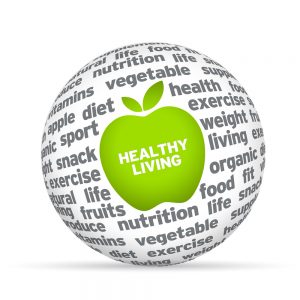
As we look back, our ancestors never worried about their thyroid, gut, heart disease, cancer or any of the issues that are top of mind today. So why are they popping up everywhere? It all comes down to they simply ate real food. Seasonal fruits & vegetables, grains, eggs and dairy. They avoided fake foods, such as crackers, cookies and frosted cereals.
In reality, half of Americans are over indulging and the other half are on a diet. So, why are we not taking care of ourselves? Why are we overweight, ill and struggling every day? The news changes our health regimen daily. One day, we’re told to cut out carbohydrates, then the next, cut out fat or reduce the amount of daily protein. I can see why, as a society, we are confused and just let go. Our lives are busy and the average consumer doesn’t have time to research what’s good and bad for them. Looking back, our ancestors got their nutrition through killing large mammals and picking fruits and nuts. Studies have shown that our body is better acquainted with consuming meat and natural sugars and has a hard time digesting fiber. Therefore, not obtaining the protein, fats, carbohydrates, fiber or any other nutrients that we need to maintain our bodies at optimal levels.
We are no longer growing our own food, but obtaining our meals through the drive-thru because of convenience and time. Let’s put it this way: our bodies can’t breakdown large amounts of vegetable oil and our bodies were not meant to sit all day. I remember growing up thinking, “when do we actually get a break?” When you live a life of a farmer, there is no downtime. It seemed from the moment I got off the bus until it was time to go to bed, I was on my feet. We didn’t have computer games, smart phones and only had a couple channels to watch on TV — which seemed like all there was to watch was news or cooking shows!
So, what is the root of such a growing concern? It’s simply poor lifestyle choices…. We overindulge, choose the wrong foods, we’re less active, and let stress and anxiety take over our lives. What can we do today to take action on our health?
Tips to Maintain a Simple Healthy Action Plan
ABM – Always be moving. Keep physically active, whether it’s getting away from the office chair for a walk downstairs or going outside during lunch to gain some much needed sunlight. Just doing stretches can get the blood flowing and revive that inner energy to regain focus. Strive for 30 minutes of exercise 3-5 days a week. Find an exercise you enjoy so you’ll maintain a regimen
 Get cooking. Be creative in the kitchen and make your own meals at home. This way you incorporate the ingredients and you stay healthier. Plus it’s fun, gets you on your feet and a great family activity.
Get cooking. Be creative in the kitchen and make your own meals at home. This way you incorporate the ingredients and you stay healthier. Plus it’s fun, gets you on your feet and a great family activity.
Choosing the right foods. Always shop around the outside perimeter of the store, as this is where you’ll find the wholesome goodness of fruits, vegetables, meats, dairy and unprocessed, preservative-free foods. Keep in mind that dietary guidelines have changed to where half our plate should be filled with fruit and vegetables. Plus, you never have a label to investigate prior to purchasing as there is only one ingredient. Keep in mind, to benefit from satiety, wait 20 minutes after your meal to cue into your hunger levels.
All in moderation. Keep a balance in your daily regimen. There will be days when life happens and you can’t maintain the My Plate routine along with the daily exercise plan. That’s OK. Keep yourself in check knowing you’ll get back on the wagon tomorrow. Life is all about things coming at you when you least expect it. That’s why you have a backup plan to slide the goal to the next day and never overwhelm yourself with anything, especially something that is out of your hands. This will, in turn, help alleviate the stress and anxiety that you get if you’re a perfectionist. I’m one to always have everything in check, but I’m realistic and know there will be surprises, so let yourself go if everything doesn’t fall into place.
Live a simple life. Sometimes going off the grid isn’t a bad thing. One thing I’ve learned is to not let social media rule our lives. It can consume our time, lead to insecurity, stress and anxiety. Limit your time on electronics and spend quality time with family and friends. Take time to eat at the dinner table while discussing how the day went or what’s new in your lives. It seems we get so wrapped up in what others are doing, thinking, feeling and finding out what’s going on with our family and friends through a Facebook post. Remember, you’re not living their life and they aren’t living yours, so take care of yourself first! Otherwise, you can’t be there to help others.
Meditation. It may seem silly at first, or make you feel out of place, but studies have proven the effectiveness of certain breathing methods and poses that will relax you and alleviate some of that stress from your day. Try sitting by yourself for 10 minutes and just take a breath in. Breathe through your nose to let go of all the chaos that may have happened throughout the day. You can also incorporate yoga, which aids in the meditation process.
Let’s not forget sleep! Strive for 6-8 hours. Remember, your body is like a machine, you need to keep it oiled and in tip-top shape for it to run at it’s best. If you’re not getting enough sleep, you’re causing oxidative damage, which causes your cells and DNA to build up, reducing our longevity.
Laugh. Amazingly enough. if you laugh for 10-15 minutes per day, you can burn up to 40 calories! So why aren’t you laughing?! It helps release endorphins to help you feel relaxed. Spend time with family and friends to gain the much needed benefit of humor and in-person social interaction.
In summary, living longer depends on how we react, what we choose to do, and how we live. Revive yourself from the inside with wiser food choices, letting go of the things beyond your control, and finding ways to alleviate stress in our lives. All you have to do is remind yourself of the simple life that our grandparents lived and how much of a difference it made in longevity and happiness.
As always consult your health professional. I hope this article finds you in good health.
Connie Stoltz-McDonald is an Integrative Nutrition-Certified Health Coach, CPT, Wellness Educator, Blogger and Author. From her passion for writing, she is excited to announce her first book release titled “Healthy Lifestyle- The inside secrets to transforming your body and health.” If you’d like to get a copy, you can connect with her at her website, www.lifestylehealthmentor.com, Facebook, Twitter, LinkedIn, or Instagram.
Sources:
www.scientificamerican.com
www.offthegridnews.com
www.mindbodygreen.com

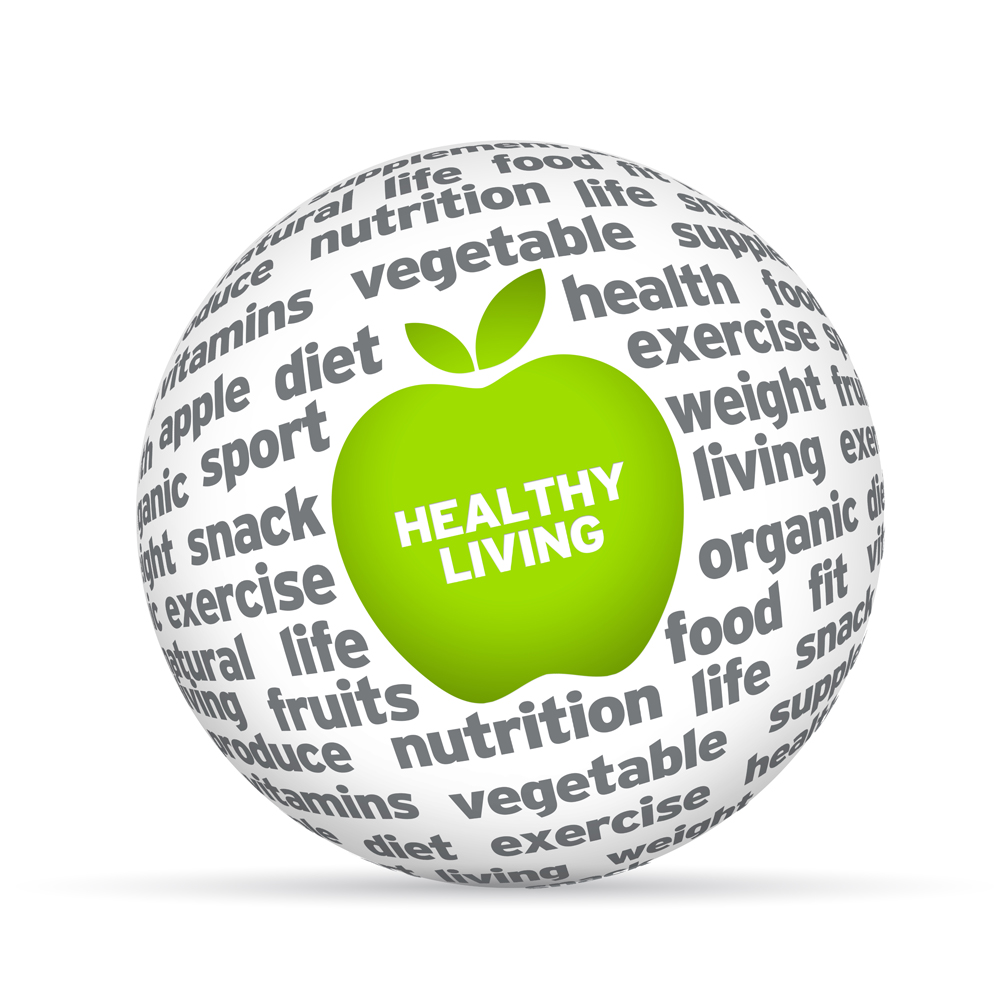
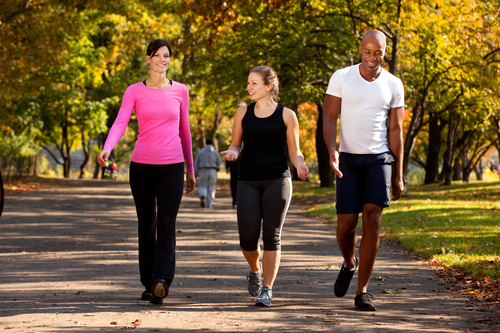
 People usually exercise for two reasons: to stay fit and healthy, or to trim excess fat and reach their physique goals. Either way, there are many other health benefits that go hand in hand with working out.
People usually exercise for two reasons: to stay fit and healthy, or to trim excess fat and reach their physique goals. Either way, there are many other health benefits that go hand in hand with working out.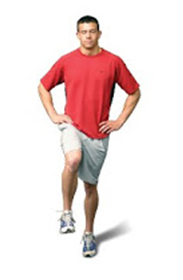 Balance Exercises
Balance Exercises Get a good massage
Get a good massage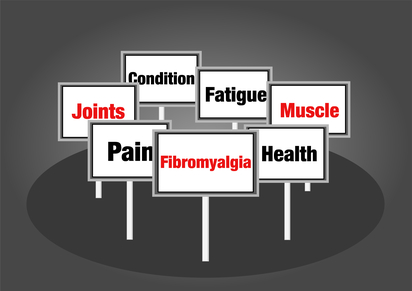
 If this sounds familiar, you’re not alone. Hundreds of millions of people live with chronic pain. In the United States alone, tens of millions of individuals suffer from
If this sounds familiar, you’re not alone. Hundreds of millions of people live with chronic pain. In the United States alone, tens of millions of individuals suffer from  y are these techniques so powerful? The answer might have something to do with cortisol, the stress hormone. Many doctors now screen chronic pain patients for cortisol levels. Cortisol levels can be naturally reduced through lowering environmental stress factors. Activities such as yoga, meditation and massage also help by stimulating a calming neurotransmitter in the brain.
y are these techniques so powerful? The answer might have something to do with cortisol, the stress hormone. Many doctors now screen chronic pain patients for cortisol levels. Cortisol levels can be naturally reduced through lowering environmental stress factors. Activities such as yoga, meditation and massage also help by stimulating a calming neurotransmitter in the brain.

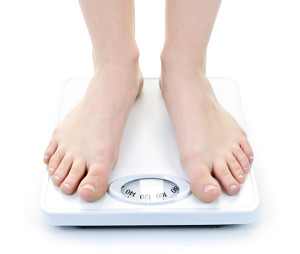 Is weight simply a matter of willpower? You might think so, given the number of dieters who add on exercise, subtract food, and expect excess fat to melt away. But it does not always happen that way. Older athletes notice the fat that creeps on year after year seems harder to lose. And others who have slimmed down complain how easily they regain lost body fat.
Is weight simply a matter of willpower? You might think so, given the number of dieters who add on exercise, subtract food, and expect excess fat to melt away. But it does not always happen that way. Older athletes notice the fat that creeps on year after year seems harder to lose. And others who have slimmed down complain how easily they regain lost body fat.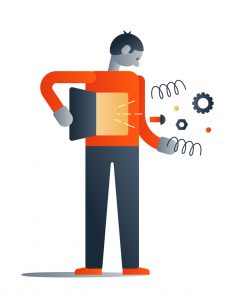 The types of bacteria that live in your gut, your microbiome, likely impact weight. Hence, the microbiome is becoming a target for obesity research. Your best bet is to cultivate a healthy microbiome by regularly eating fruits and vegetables—and limiting processed foods with little fiber.
The types of bacteria that live in your gut, your microbiome, likely impact weight. Hence, the microbiome is becoming a target for obesity research. Your best bet is to cultivate a healthy microbiome by regularly eating fruits and vegetables—and limiting processed foods with little fiber.
 Intermittent Fasting has been around for a few years now and has been making the rounds on the health circuit due to its many benefits. When it was first introduced, intermittent fasting was thought of as an extreme form of dieting which was scrutinized by skeptics who felt it could be harmful. However, as more and more
Intermittent Fasting has been around for a few years now and has been making the rounds on the health circuit due to its many benefits. When it was first introduced, intermittent fasting was thought of as an extreme form of dieting which was scrutinized by skeptics who felt it could be harmful. However, as more and more 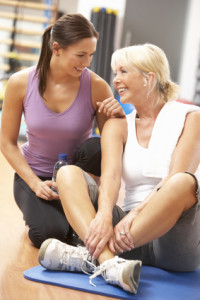 The primary reason for taking up intermittent fasting for many people is the fact that it helps with weight-loss without having to give up certain foods. People are able to lose weight because of reduced calorie intake during the week and the changes in hormones. Also, short-term fasting has proven to speed up metabolism. As a result of taking in fewer calories and burning more, people are able to lose significant amounts of weight. To increase the number of calories you burn, make it a point to do
The primary reason for taking up intermittent fasting for many people is the fact that it helps with weight-loss without having to give up certain foods. People are able to lose weight because of reduced calorie intake during the week and the changes in hormones. Also, short-term fasting has proven to speed up metabolism. As a result of taking in fewer calories and burning more, people are able to lose significant amounts of weight. To increase the number of calories you burn, make it a point to do 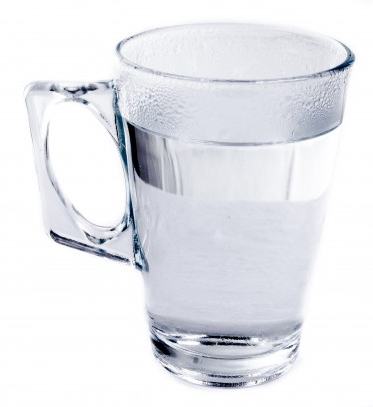
 Whether you exercise or not, hydration is still an important factor in everyday life. Our body is an intricate matrix of systems that work together so we can function properly. If one of those systems is off, it forces the remaining systems to work harder. It’s like riding a bicycle with a poorly lubricated chain. In order for the bike to progress forward, one would have to pedal harder and faster than if the chain was well lubricated.
Whether you exercise or not, hydration is still an important factor in everyday life. Our body is an intricate matrix of systems that work together so we can function properly. If one of those systems is off, it forces the remaining systems to work harder. It’s like riding a bicycle with a poorly lubricated chain. In order for the bike to progress forward, one would have to pedal harder and faster than if the chain was well lubricated. But this still leaves one question unanswered: How much
But this still leaves one question unanswered: How much 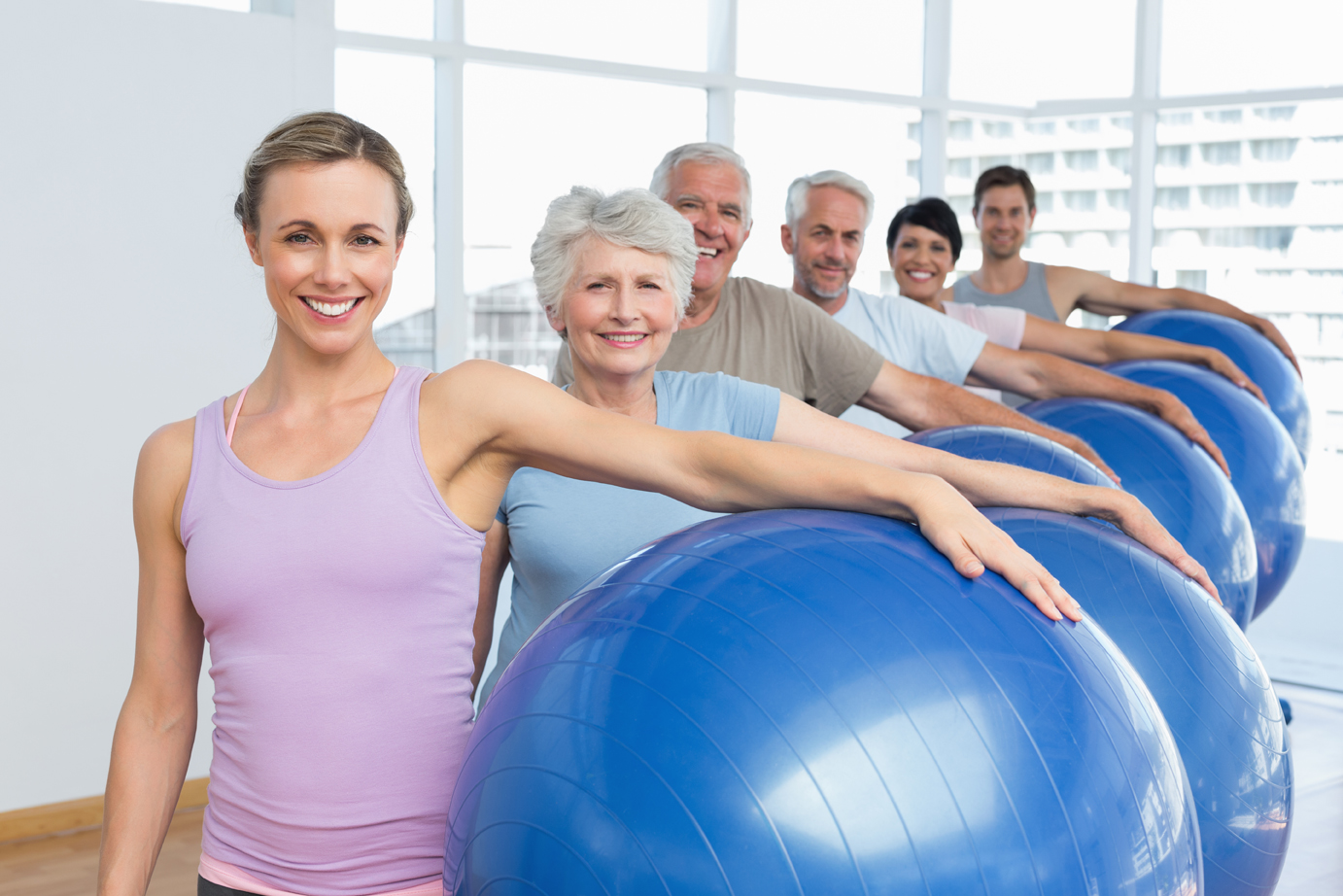
 The world today is dedicated to technology, advancing research and the access to unlimited information on all manner of subjects. Each of us relies on technology not only for our questions about life but also for receiving the answers. And oh, by the way, we want our answers NOW! The speed with which we live our lives is increasing everyday and sometimes it can be very frustrating to realize that we can’t “have it all – and do it all”.
The world today is dedicated to technology, advancing research and the access to unlimited information on all manner of subjects. Each of us relies on technology not only for our questions about life but also for receiving the answers. And oh, by the way, we want our answers NOW! The speed with which we live our lives is increasing everyday and sometimes it can be very frustrating to realize that we can’t “have it all – and do it all”. This experience at age 37 probably did more for me than I will ever know since I would be tested in the years ahead by many failures, challenges, hurts, resentments, guilt and suffering – all CAUSED by me and the choices I made in my own life. The ONE thing I did right was make a commitment to my OWN health and fitness needs and when the time came to deal with the consequences of my choices – I was able to DO SOMETHING I loved – and that was run. This is why I can say today that running saved my life – because I truly believe that it did. Fitness was my anchor. My advice to you today?
This experience at age 37 probably did more for me than I will ever know since I would be tested in the years ahead by many failures, challenges, hurts, resentments, guilt and suffering – all CAUSED by me and the choices I made in my own life. The ONE thing I did right was make a commitment to my OWN health and fitness needs and when the time came to deal with the consequences of my choices – I was able to DO SOMETHING I loved – and that was run. This is why I can say today that running saved my life – because I truly believe that it did. Fitness was my anchor. My advice to you today?